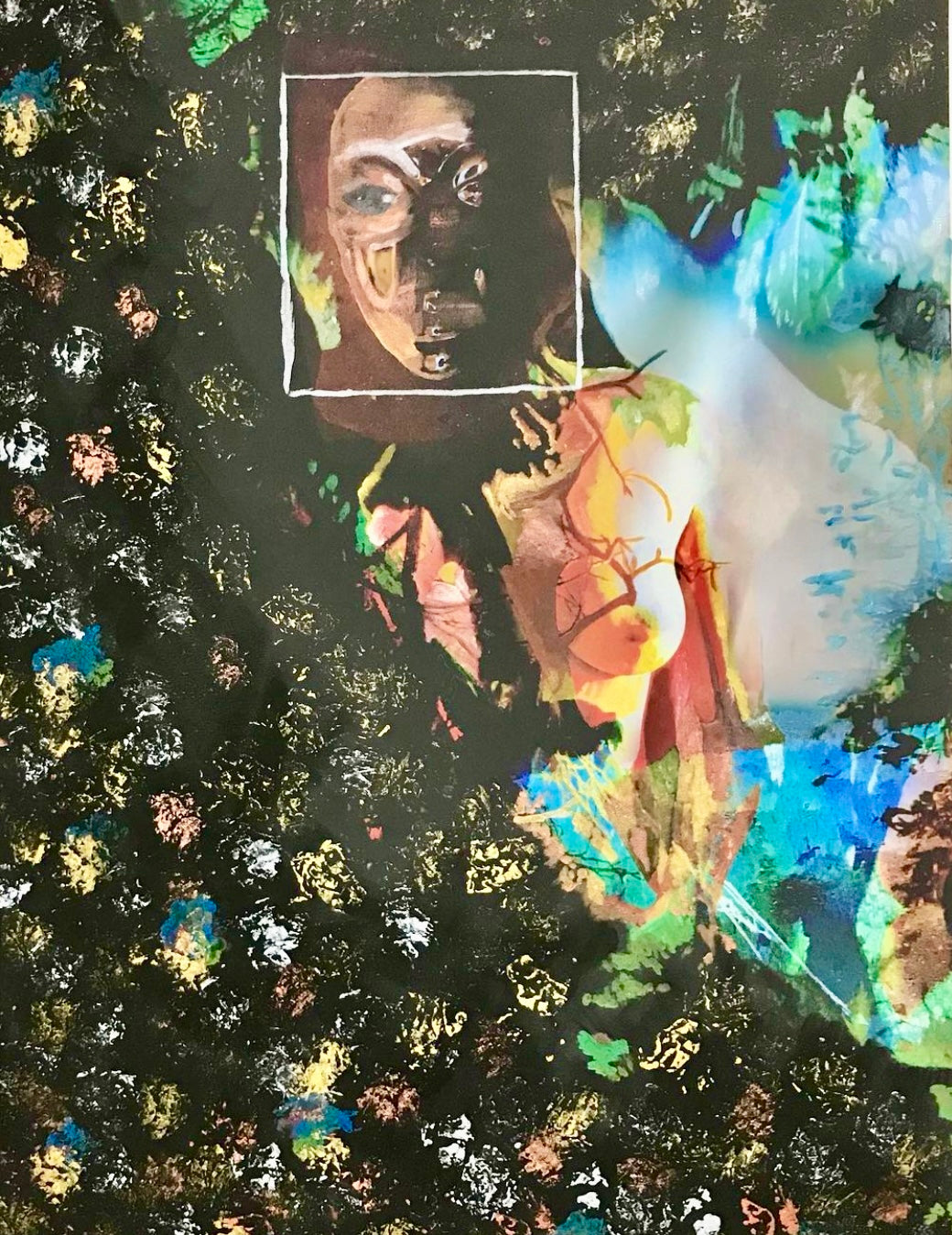In the vast and complex world of art, artists constantly find themselves navigating a sea of challenges in their quest to establish their creative identity and achieve recognition and financial stability. From the moment an artist begins to shape their work, they face a series of obstacles ranging from finding their unique voice to marketing their work in a saturated and highly competitive market.
One of the first challenges artists face is developing a distinctive identity. In a landscape where originality is valued but often misunderstood, finding an authentic voice can be overwhelming. Artists face the pressure to stand out from the crowd, while struggling to keep their artistic integrity intact. This process of self-exploration and authenticity is critical to an artist's long-term growth and success, but can be difficult to achieve in a world where trends and expectations are constantly changing.
Once an artist has defined their creative identity, they face the challenge of selling their art in an increasingly saturated and competitive market. Marketing artistic work requires business skills that go beyond pure creative talent. From creating a personal brand to promoting online and participating in exhibitions and art fairs, artists must be skilled businesspeople to succeed in the contemporary art industry.
However, even with a solid marketing strategy, artists still face the uncertainty of how their work will be received by audiences and critics. Art competitions and selections add another layer of complexity to this equation, as subjectivity plays an important role in evaluating and selecting works. What may resonate deeply with one jury may go unnoticed by another, leaving many artists wondering if their art is truly “good” or “bad” based on acceptance at these events.
It is important to remember that the quality of art cannot be measured solely by its popularity or commercial success. The value of a work of art goes beyond its ability to satisfy the demands of the market or the personal preferences of a jury. Each piece of art is a unique expression of the human experience and deserves to be valued for its individuality and originality.
In addition to the individual challenges faced by artists, the art market is also influenced by a number of external factors, including cultural trends, fashions and public preferences. An artist's ability to understand and adapt to these changes can have a significant impact on their long-term success.
Ultimately, the art world is an ever-changing landscape, where artists struggle to find their place and be heard among the noise. While the challenges are many and the odds may seem overwhelming, passion and perseverance remain the fundamental pillars of artistic success. In a world where the value of art is often overshadowed by commercial and fashion considerations, it is more important than ever to support and celebrate diversity and originality in all its forms.
